What is an invasive Species?
Is a non-native species that has been introduced to an environment that has began to rapidly populate, which can result in harm to an environment by out competing native species.
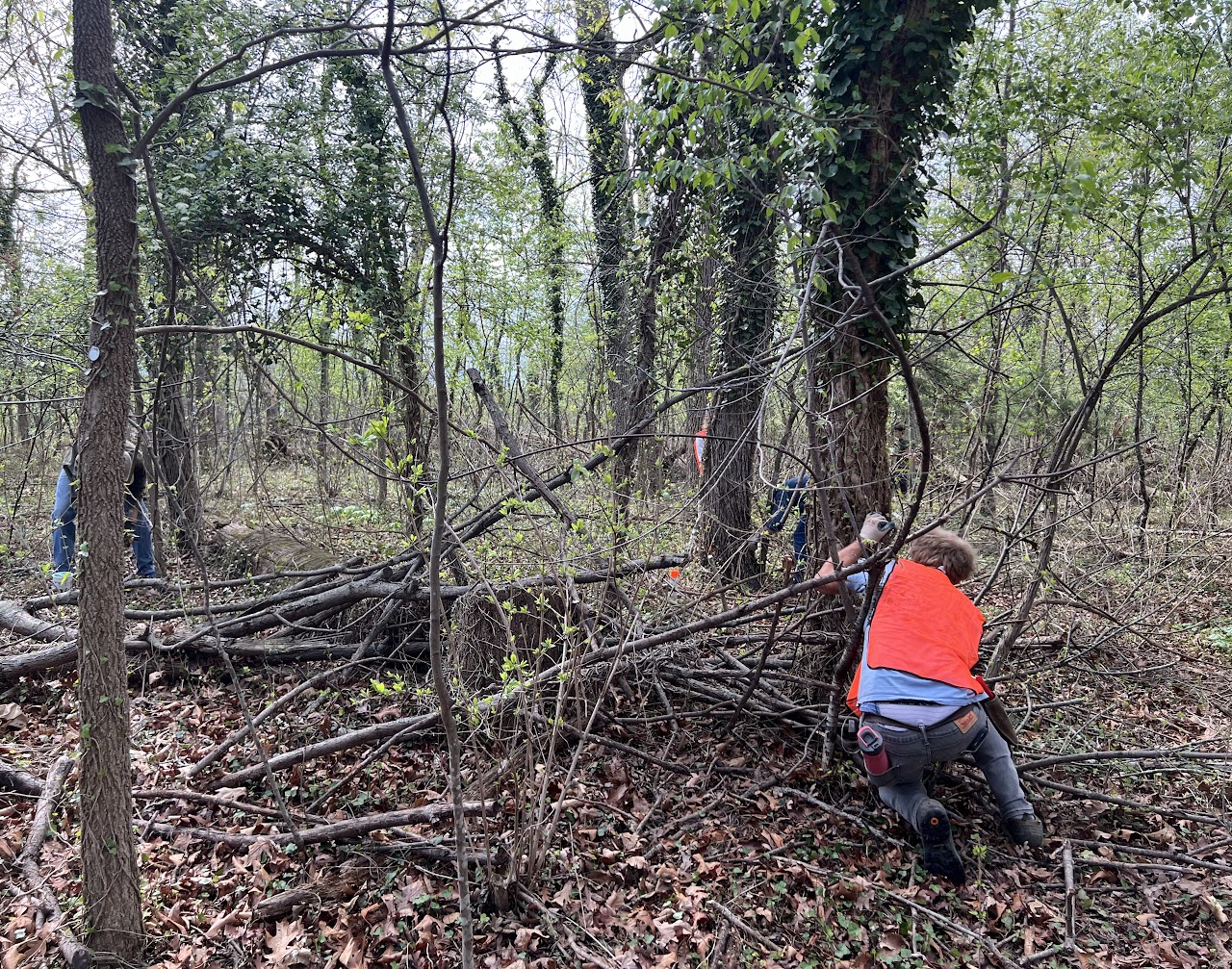
Parkwoods was once a thriving park flourishing with native greenery, but has fallen victim to many invasive species. Invasive have been introduced into Americas native ecosystem through human influence, but through human influence we can get rid of them and restore our ecosystem, our Parkwoods back to normal.
Look out for these main invasive flora species in Park Woods!
Bush & Vine Honeysuckle
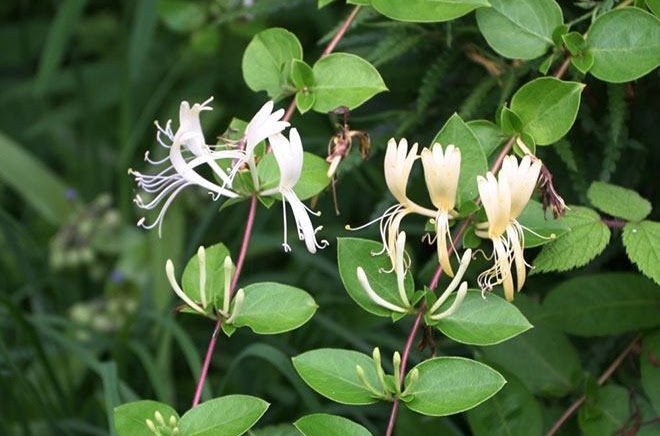

Scientific Name: Lonicera japonica
Origin: Eastern Asia but has been cultivated in America for decorative reasons.
Preferred Habitat: Can grow in a wide range of conditions, from relatively dry to moist soils and from full sun to shade.
Problems It Causes: It grows very fast and competes with vegetation both aboveground by twining around trees and shrubs then belowground by sending out runners . It is known for stealing sunshine which slows the growth of plants in the undergrowth. It can also cause the collapse of trees from them being so heavy.
Recommended Control Methods: Small clusters of Honeysuckle can be removed by hand, shovel, or garden hoe. It is important to get rid of the roots using this method.
Larger infestations can be removed through prescribed burns but this is to be done by professionals.
Safer solution for an individual can be herbicides but be mindful of plant life around the Japanese Honeysuckle
Alternatives to Plant: Native Coral Honeysuckle
Tree of Heaven
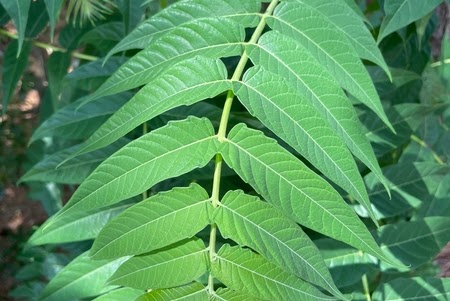
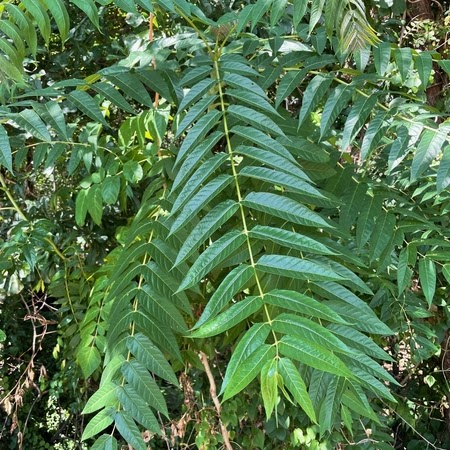
Scientific Name: Ailanthus Altissima
Origin: Native to China and parts of Australia. Brought to America for medicinal purposes from China.
Preferred Habitat: Can grow in a wide range of conditions, from relatively dry to moist soils and from full sun to shade. Can grow in forest after severe storms or in abandoned lots and parking lots.
Problems It Causes: This plant steals nutrients and sunlight like other invasive species of plants. The unique difference of this particular invasive plant is it produces toxins called Allelochemical that stop other plants from growing around it. They also grow root suckers that can span 50 feet which can cause problems for underground pipes, sewers, and building foundations.
Recommended Control Methods: This is a very complicated plant to remove; with it taking years of systematic herbicide sprays to get rid of them.
Removing by hand or shovel is ineffective unless working with small seedlings.
Alternatives to Plant: Eastern Redbud & Winged Sumac
Periwinkle
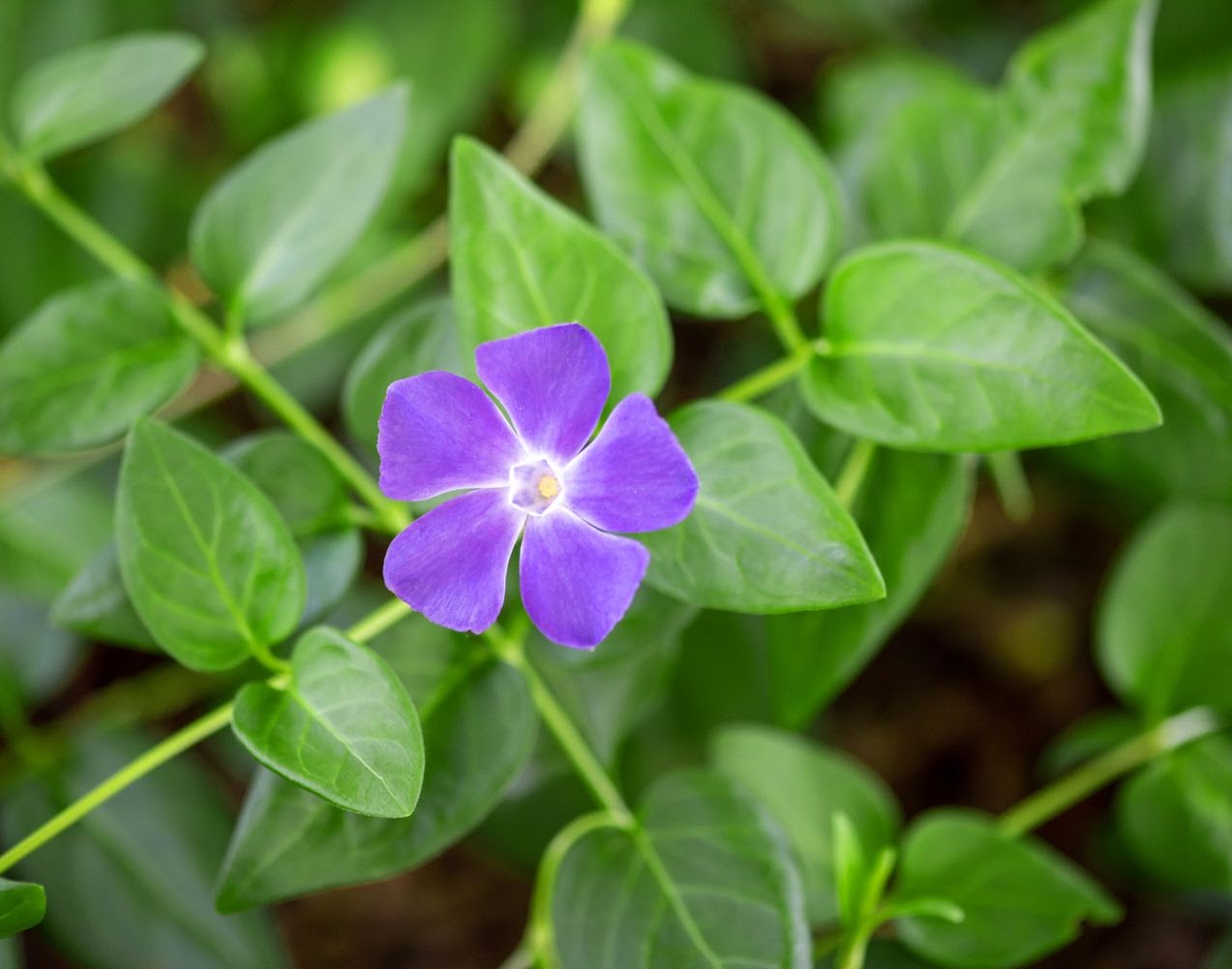
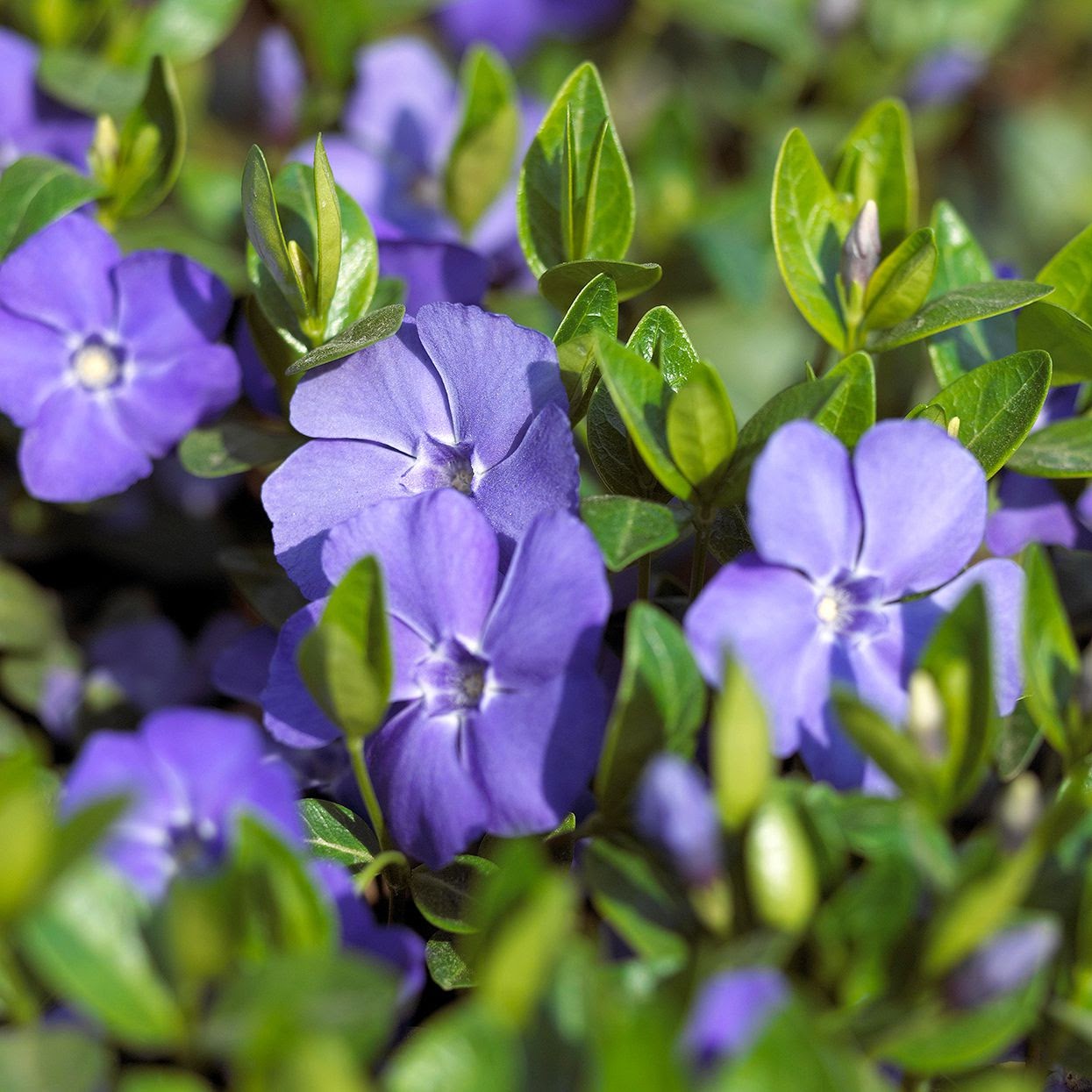
Scientific Name: Vinca Minor
Origin: Native to southern Switzerland, the Mediterranean basin, Portugal to Turkey, and northern Africa
Preferred Habitat: Along the forest floors in a warm environment. Often found in well drained, open, shaded woods.
Problems It Causes: It forms a dense carpet along the forest floor which doesn't allow for the growth of other plants. Spread rapidly and regrow fast as well after cold spouts.
Recommended Control Methods: This species can be pulled up by hand or raked and dug up as well. Mowing during the spring can also be effective.
Herbicide is a very viable choice as well with the rapid growth this plant shows it may be a permeant solution.
Alternatives to plant: Dwarf Crested Iris & Creeping Phlox
English Ivy
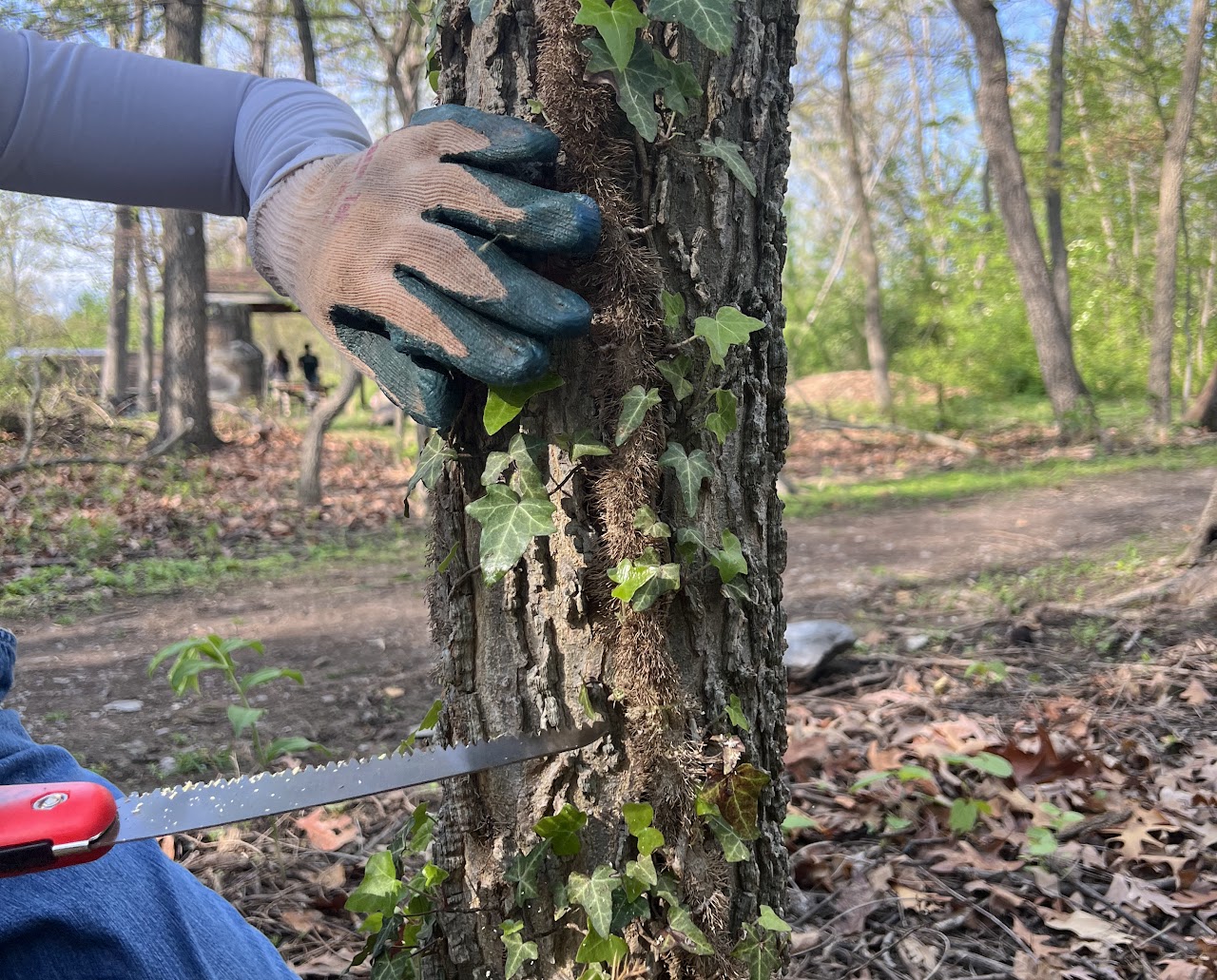
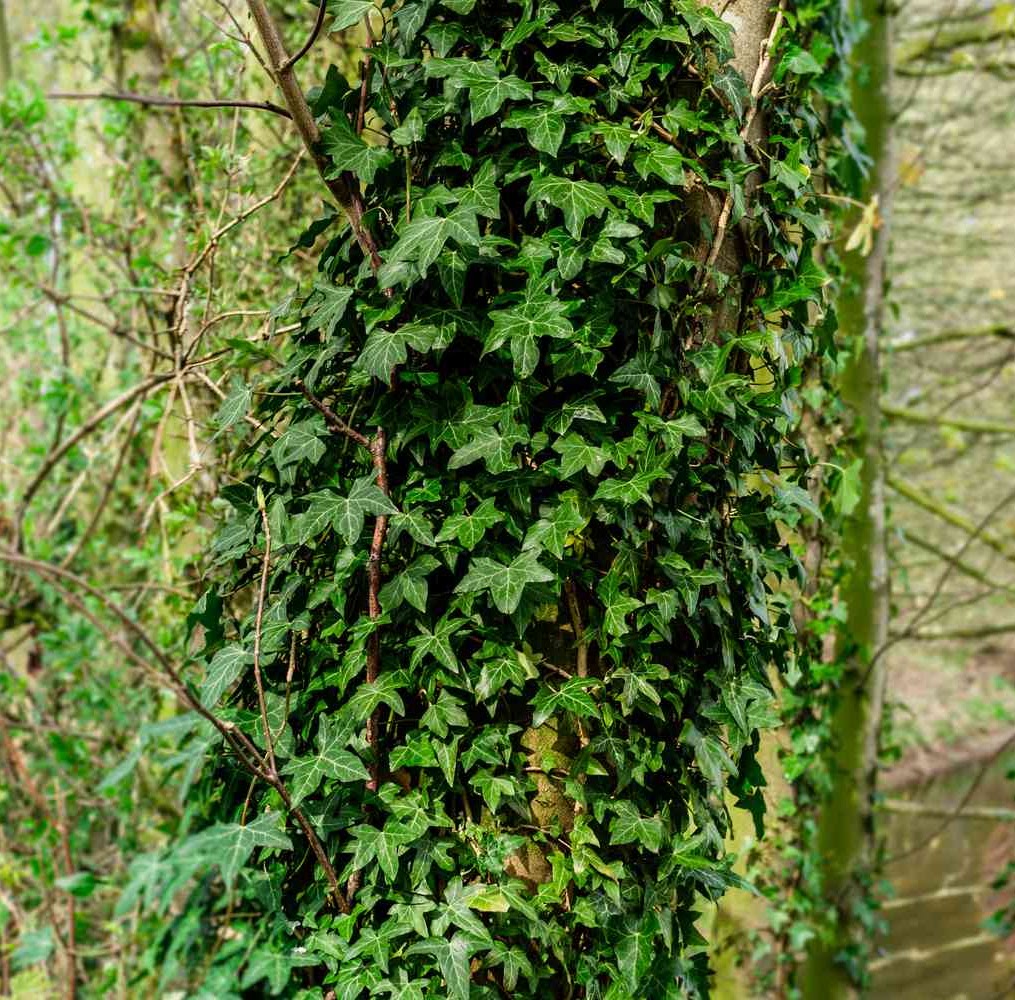
Scientific Name: Hedera helix
Origin: Native to Europe, western Asia, and northern Africa in open and forested areas
Preferred Habitat: Can grow in a wide range of conditions, from relatively dry to moist soils and from full sun to shade.
Problems It Causes: it's most dangerous problem is that its vines wrap around trees and chokes them. Which then prevents photosynthesis by blocking leaves from getting sun. Also damages tree bark by holding moisture onto the bark causing fungal rot.
Recommended Control Methods: Don't plant them ever and if you have already cut the flowers to slow down the spreading of them.
Removing them from the base of trees is the best option. Larger vines you can dig them up from the bottom and pull them down from trees.
The last resort is to use herbicide due to them being so close to other vegetation such as trees.
Alternatives to Plant: Wild Ginger & Virginia Creeper
Garlic Mustard
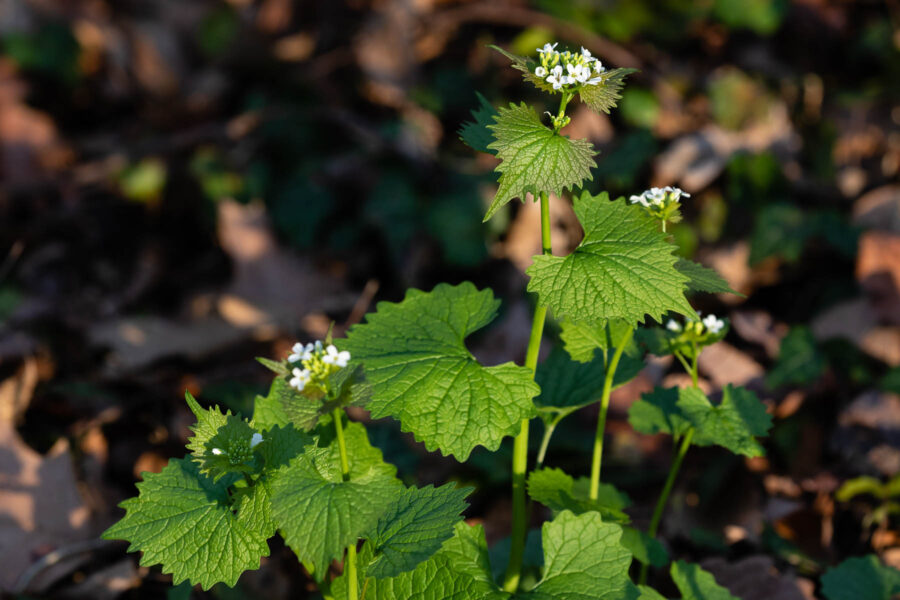
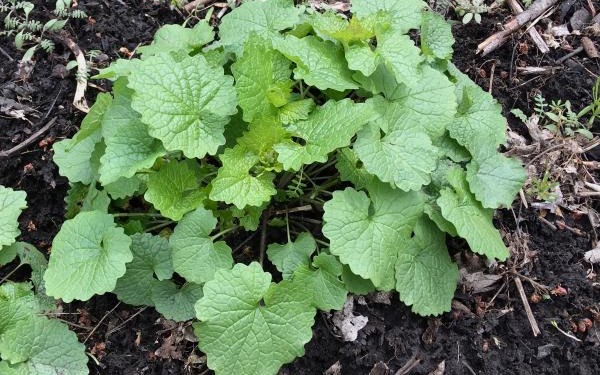
Scientific Name: Alliaria petiolata
Origin: Native to Europe and Asia
Preferred Habitat: Can grow in a wide range of conditions, from relatively dry to moist soils and from full sun to shade often found in the understories of forest in their natuve lands.
Problems It Causes: This species emerges early in the spring before native species are sprouting and block the sun not allowing for growth to occur; thus outcompeting native plants for moisture and nutrients.
Recommended Control Methods: The best method of dealing with Garlic Mustard is to pull them up and it is best to do so after a fresh rain so that you can get the long tap roots out.


